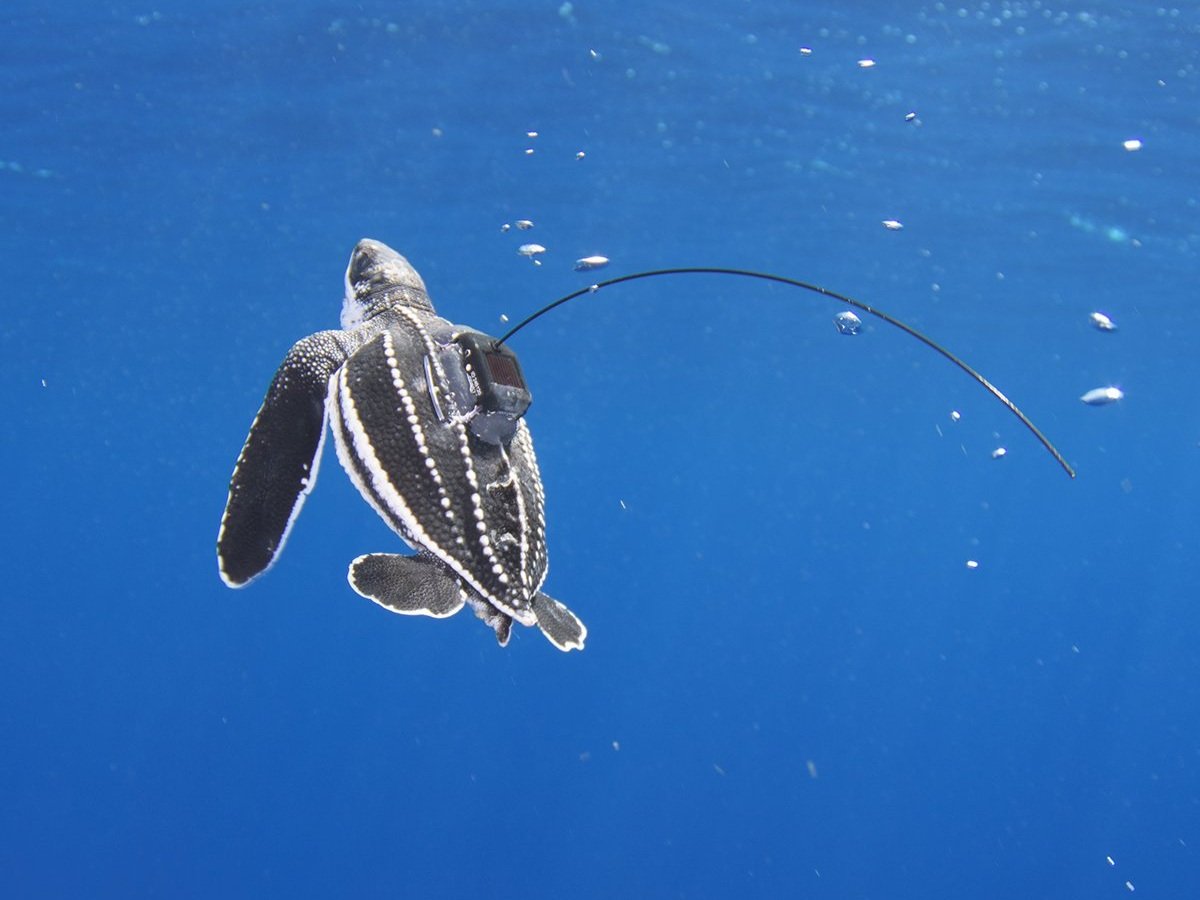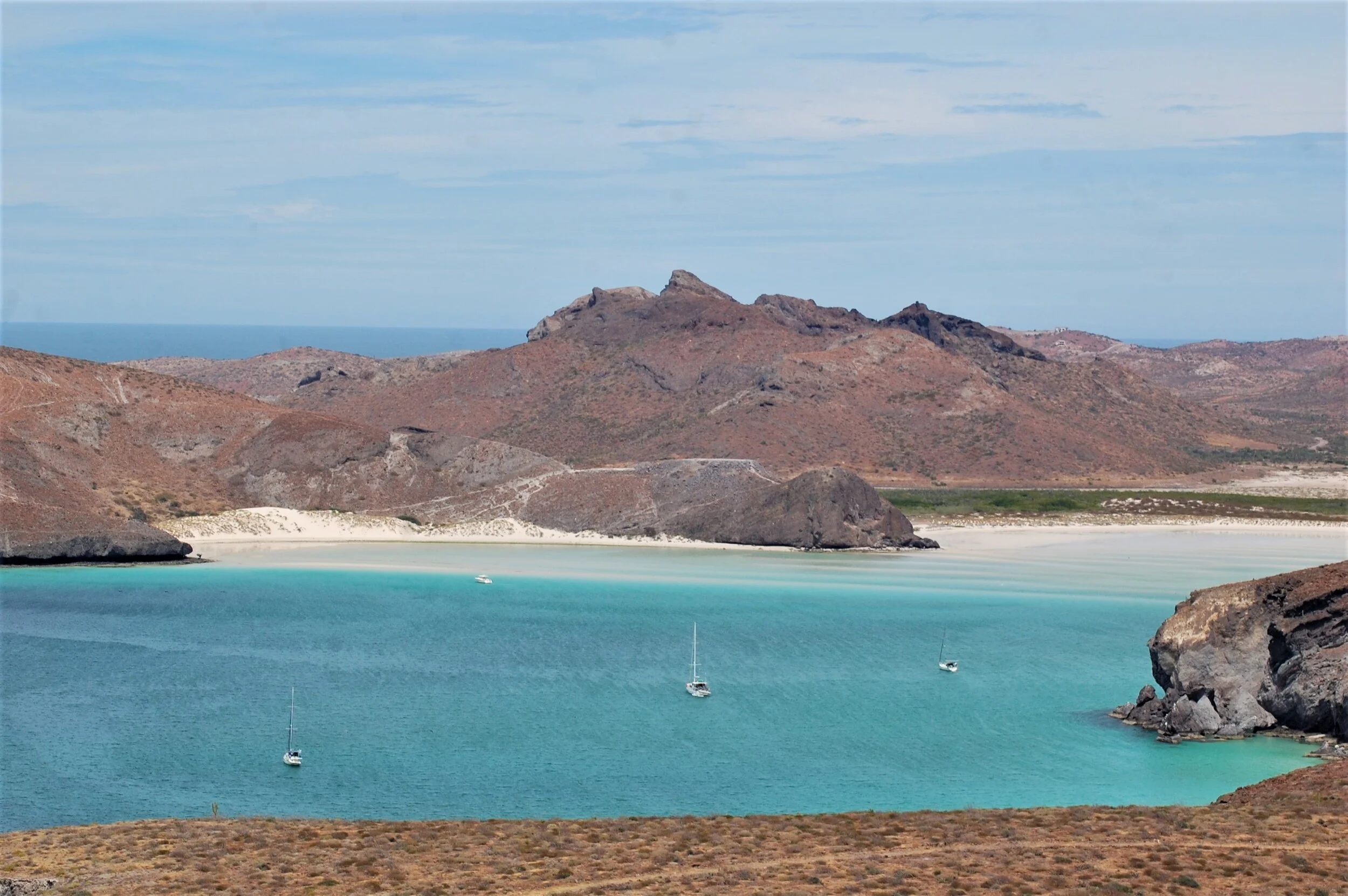At the turn of the millennium, the origin of leatherback turtles in California waters was unproven. Many assumed they originated from nesting beaches in Mexico or Costa Rica; few could have imagined the extent of their travels across the entire Pacific Ocean. We know now that West Pacific leatherbacks only make their epic trans-Pacific migration about every three to five years. Unfortunately, the batteries on early satellite tags didn’t last long enough to track their whole migration.
Saving Sea Turtles with Technology
You might not think of someone behind a desk as working on the frontlines of sea turtle conservation, but Upwell’s Oceanographic Researcher, Tony Candela is doing just that. Tony is incorporating mathematics and oceanography to simulate the movements of hatchling and juvenile sea turtles to advance protections for them at sea.
A bird's eye view on sea turtles in La Paz Bay
Amidst the Coronavirus shutdown, citizen scientists quarantining on their sailboats in Mexican waters continue to report their sea turtle sightings via Upwell’s Sea Turtle Spotter project. The sightings reported by the citizen scientists are astonishing. Following on these reports, Upwell’s resident researcher in Mexico, Stephanie Rousso, arranged with a local pilot to take to the sky for a bird’s eye view of sea turtle distribution around the southern end of the Baja California Peninsula.
Learning from sea turtle piggy-backers
Leatherbacks from above
The leatherbacks have returned to the central California coast! In partnership with NOAA, Upwell is conducting aerial surveys to locate critically endangered leatherback turtles in California's waters. Learn more about graduate student, Sharon Hsu's first-hand experience as an Upwell Observer aboard these flights.
How satellite tracking can help save endangered sea turtles
Where do turtles go when they leave the nest? Upwell aims to find out.
Little is known about a turtle’s life at sea. Conservation efforts and studies of sea turtles have largely focused on nesting beaches. Upwell aims to learn more about how sea turtles travel the oceans. By understanding where they go and how they use different habitats, we can better advance protections for turtles at sea.












